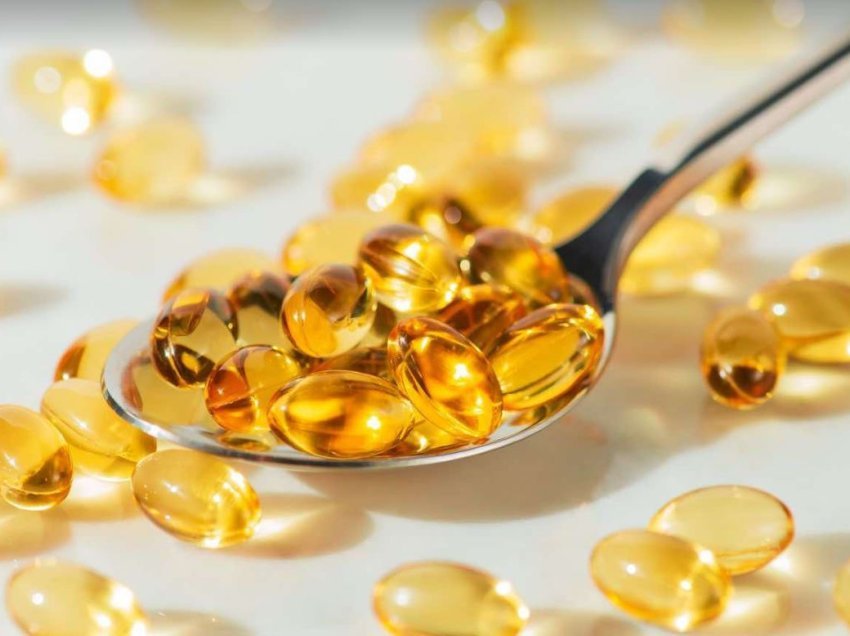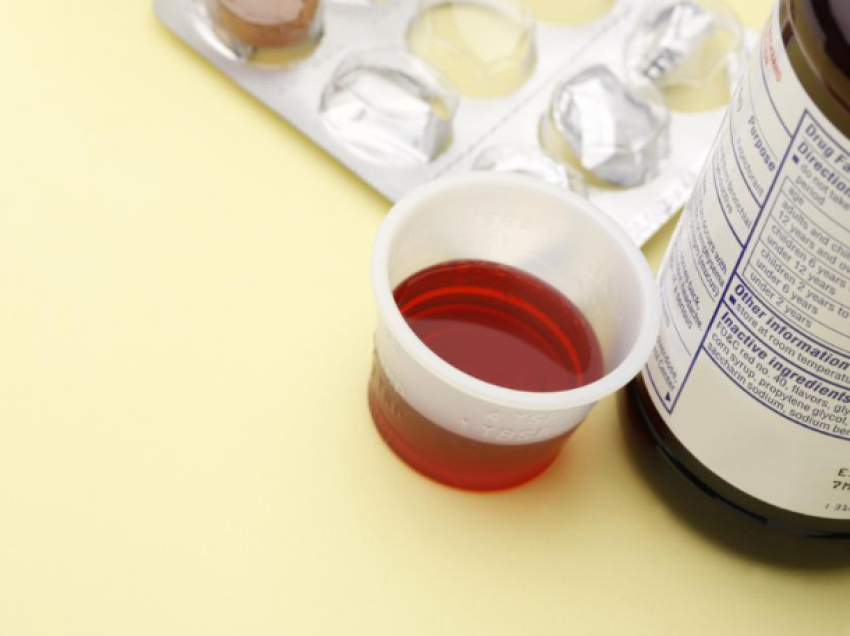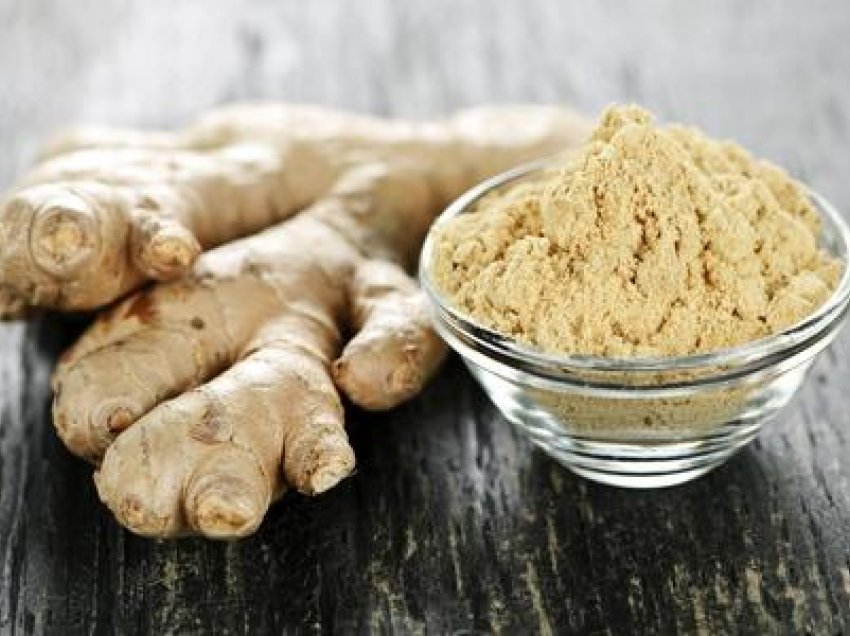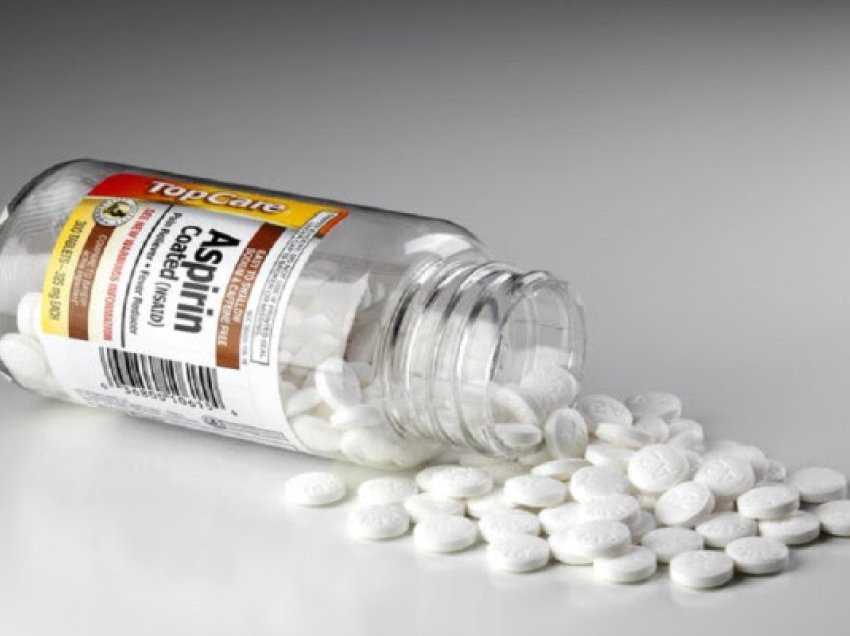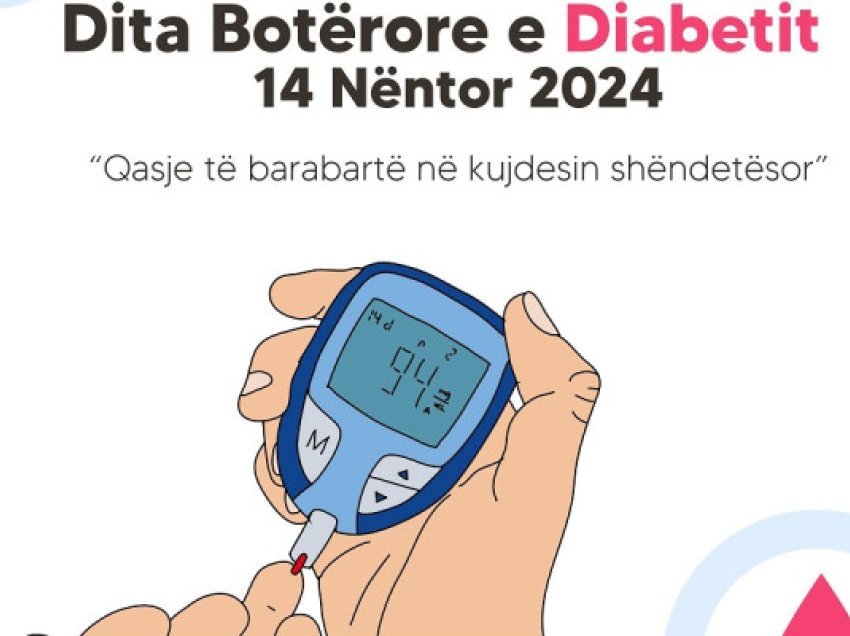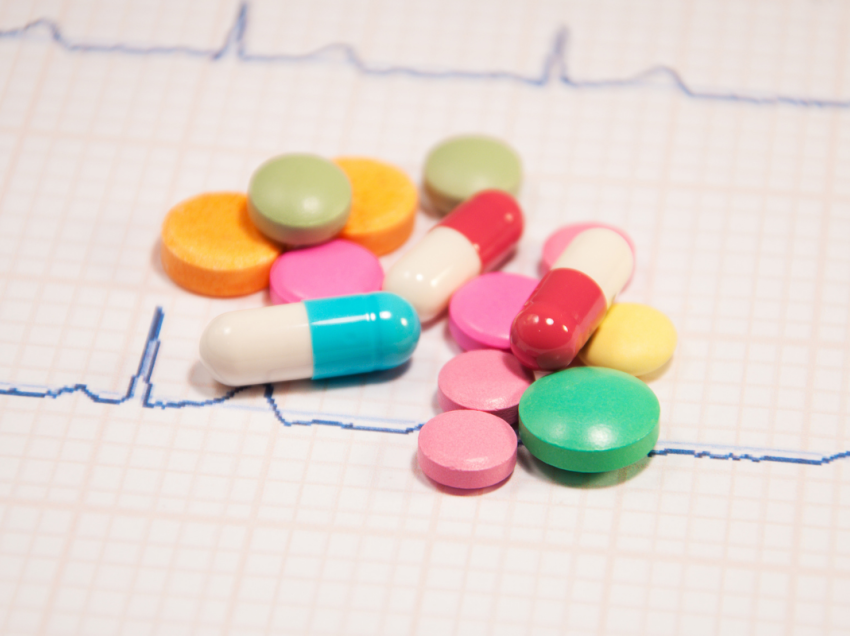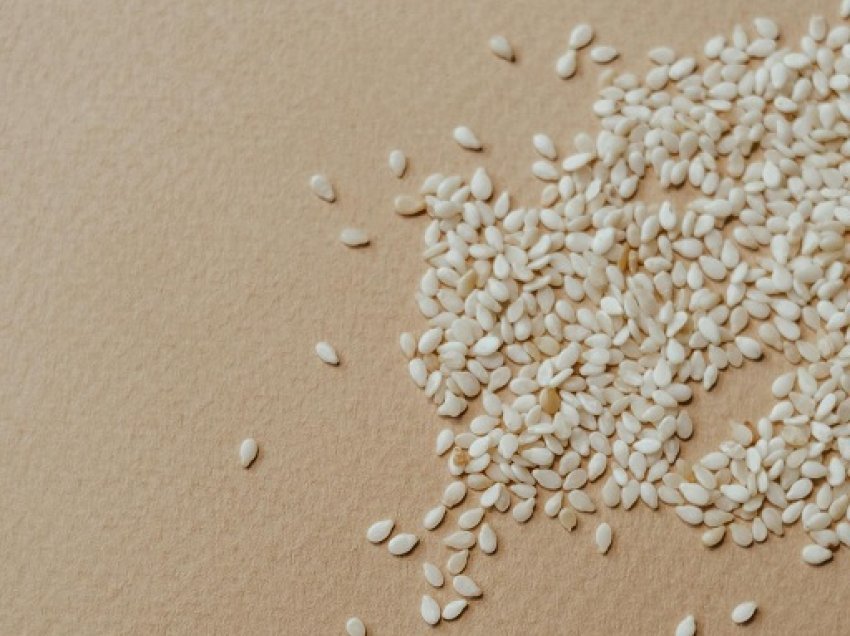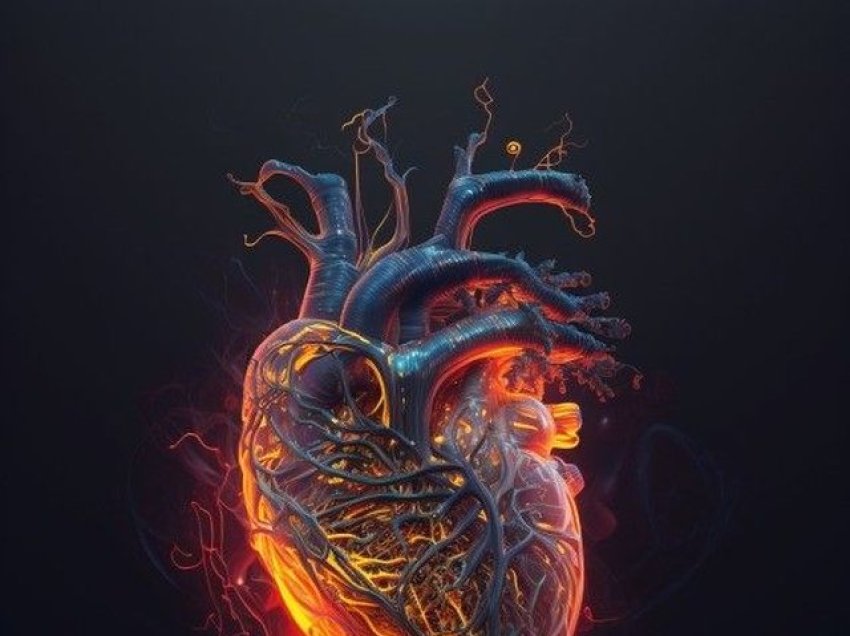The discovery of peptides has opened new avenues for research across various scientific domains, particularly in the fields of endocrinology, metabolism, and cellular biology. Among these, Tesamorelin and Ipamorelin stand out due to their intriguing properties and potential. Studies suggest that both peptides are growth hormone secretagogues that might influence growth hormone (GH) levels and have distinct mechanisms of action. This article aims to explore the properties of Tesamorelin and Ipamorelin, their potential synergistic interactions, and their prospective applications in scientific research.
Overview of Tesamorelin and Ipamorelin
Tesamorelin
Tesamorelin is a synthetic analog of growth hormone-releasing hormone (GHRH). Research indicates that it was designed to stimulate the anterior pituitary gland to release growth hormone, which may have various downstream impacts on metabolic processes. The peptide consists of 44 amino acids and is characterized by its potential to support endogenous GH secretion. Investigations purport that by promoting GH release, Tesamorelin may play a role in lipid metabolism and tissue repair, and it has been particularly noted for its potential impact on visceral adiposity.
Ipamorelin
Ipamorelin, on the other hand, is a selective GH secretagogue that has been hypothesized to mimic ghrelin, a hormone studied for its role in appetite regulation and energy balance. It consists of a shorter chain of amino acids (five) and is notable for its specificity in stimulating GH release without significantly influencing cortisol or prolactin levels. The peptide's selective action might make it a valuable tool for research investigating the nuances of GH regulation and its associated biological impacts.
Mechanisms of Action
The properties of Tesamorelin and Ipamorelin can be linked to their respective mechanisms of action. Findings imply that Tesamorelin may primarily act through the GHRH receptor, promoting GH release from the pituitary gland. This mechanism potentially increases not only GH levels but also the subsequent impacts on insulin sensitivity and lipid metabolism.
Ipamorelin's mechanism is believed to revolve around its interaction with the ghrelin receptor (GHS-R). Scientists speculate that this interaction may induce a more physiological release of GH, providing a contrasting approach to the stimulation seen with other secretagogues. The selective stimulation of GH release without significant alteration of other hormones, such as cortisol, may open new avenues for understanding how GH operates in various physiological contexts.
Synergistic Properties
Studies postulate that integrating Tesamorelin and Ipamorelin in research may yield synergistic properties that enhance their potential. The potential for enhanced GH release, coupled with the unique influences of each peptide, may lead to a more pronounced impact on metabolic processes.
The combination has been hypothesized to influence lipid metabolism more significantly than either peptide alone. It has been proposed that Tesamorelin's properties in reducing visceral fat may complement Ipamorelin's potential to promote lean mass preservation. Thus, the blend of these two peptides may provide insights into the intricate balance of fat and muscle dynamics within organisms.
Metabolic Research
In metabolic research, the interplay between GH levels, insulin sensitivity, and physiological composition is considered critical. The Tesamorelin and Ipamorelin blend seems to serve as a model for understanding metabolic regulation. Researchers might explore the impact of this peptide combination on insulin sensitivity, glucose metabolism, and lipid profiles within various laboratory models.
Furthermore, the potential influence on adipocyte dynamics—specifically, the differentiation and function of fat cells—could be a focus. Research indicates that Tesamorelin's properties to target visceral fat may be compounded by Ipamorelin's potential to preserve or increase lean tissue, providing a dual approach to studying metabolic syndrome and obesity-related conditions.
Muscle Wasting Disorders
Another area of interest lies in the possible impact of these peptides on muscle-wasting disorders. Conditions such as cachexia and sarcopenia pose significant challenges for researchers. It has been speculated that the properties of Tesamorelin and Ipamorelin may provide insights into studies aimed at mitigating muscle loss.
Neuroendocrine Studies
The neuroendocrine system appears to be integral to understanding how hormones interact. The specific mechanisms through which Tesamorelin and Ipamorelin appear to modulate GH release could serve as a focal point for neuroendocrine research. Investigating how these peptides might influence brain function, particularly in relation to appetite, cognition, and stress responses, could yield valuable information.
Cellular Aging
Cellular aging is characterized by a decline in GH levels, leading to various physiological changes, including alterations in body composition and metabolism. Investigations purport that the study of Tesamorelin and Ipamorelin might provide a unique lens through which to explore the role of GH in cellular lifecycles. Researchers might investigate how the properties of these peptides may modulate age-related physiological changes.
Conclusion
Investigating the properties of Tesamorelin and Ipamorelin offers exciting possibilities for research across multiple scientific domains. Their unique mechanisms of action and potential synergistic impacts may illuminate various aspects of metabolism, muscle preservation, neuroendocrine function, and cell aging. As the scientific community keeps exploring these peptides, the implications for understanding complex biological systems and developing novel research strategies will likely expand. Click here to check the highest-quality Tesamorelin and Ipamorelin.
References
[i] Sweeney, T. E., & Harshe, R. (2020). Growth hormone secretagogues: An overview of their therapeutic potential and clinical applications. Current Opinion in Endocrinology, Diabetes, and Obesity, 27(3), 227-234. https://doi.org/10.1097/MED.0000000000000568
[ii] Moller, N., & Jorgensen, J. O. (2009). Effects of growth hormone on glucose, lipid, and protein metabolism in human subjects. The American Journal of Physiology - Endocrinology and Metabolism, 297(5), E1040-E1045. https://doi.org/10.1152/ajpendo.00247.2009
[iii] Bhasin, S., & Jasuja, R. (2015). Use of growth hormone and related peptides for the treatment of muscle wasting. Endocrine Reviews, 36(1), 43-57. https://doi.org/10.1210/er.2014-1002
[iv] Kearney, M. T., & Doran, K. (2022). The role of ghrelin and its analogs in metabolic regulation and body composition. Nutrition Reviews, 80(4), 637-650. https://doi.org/10.1093/nutrit/nuw066
[v] Chen, J. Y., & Kahn, C. R. (2021). The effects of aging on growth hormone levels and body composition. Nature Reviews Endocrinology, 17(9), 590-604. https://doi.org/10.1038/s41574-021-00527-1







